Bambusa balcooa
Bambusa balcooa also known as Female Bamboo is a tropical clumping bamboo originating from Northeast India. This bamboo species is often used as a food source, in scaffolding, for paper pulp or wood chips.
Bambusa balcooa
Source: Wikimedia Commons
| Plant Info | |
|---|---|
| Scientific Name | Bambusa balcooa |
| Synonyms | Dendrocalamus balcooa |
| Common Names | Female Bamboo, Balcooa Bamboo |
| Family | Poaceae |
| Tribe | Bambuseae |
| Genus | Bambusa |
| Height | 16 - 25 m |
| Diameter | 7 - 15 cm |
| Growth Habit | Dense Clumping |
| Climate | Tropical - Subtropical |
| Hardiness | -4°C |
| Edibility | (4 of 5) |
| Flowering Cycle | 32-45 years |
| Origin | Bangladesh, India, Laos, Myanmar, Nepal, Vietnam |
| Uses | Construction, Scaffolding, Basketry, Woven Mats, Fishing Implements, Paper Pulp, Edible Shoots, Fodder |
Culms
The culms of Bambusa Balcooa are on average between 16-25 m high and 7-15 cm in diameter. Culms are grayish green and thick walled, where the diameter of the cavity is about one-third of that of the culm. Nodes are thickened with a whitish ring above, and have short small hairs below. Culm internodes are on average between 20-45 cm long.
Branches
Several to many clustered branches with 1-3 larger dominant branches. Branches usually occur from middle of the culm to the top. Branches from the lower nodes are leafless and hard, and sometimes thorn-like.
Leaves
Leaves are narrow and are on average 15-30 cm long and 25-50 mm broad.
Shoots
Young Bambusa balcooa shoots have a blackish-green with yellow color. Culm sheaths are brown or orange tinged, covered sparsely with dark brown hairs.
Habitat
Bambusa balcooa grows up to an altitude of 700 m in tropical monsoon climates with an annual rainfall of 2,500 - 3,000 mm. It grows on any type of soil but prefers heavy textured soils with good drainage and a low pH of about 5.5. An annual production of 1200-1700 culms/ha is reported from Bangladesh.
Seeds
Gregarious flowering and seed-setting usually occurs every 35-45 years.
Mechanical properties
The compressive strength ranges from 39.4 to 50.6 N/mm2 in green and 51.0 to 57.3 N/mm2 in air dry condition. Modulus of rupture varied between 85.0-62.4 N/mm2 in green and 92.6-69.6 N/mm2 in air dry condition. Modulus of elasticity 7.2-10.3 kN/mm2 in green, 9.3-12.7 kN/mm2 in air dry condition (Kabir et al. 1991).
Uses
Stems are used as a building material for houses, bridges, fishing floats, is much used for scaffolding, frames of rickshaw hoods, baskets, woven mats and for agricultural and fishing implements. This bamboo species also serve as a raw material for the wood chip industry, paper pulp, shoots are consumed as a vegetable and leaves are used as fodder.
Origin
Bambusa balcooa is indigenous to Bangladesh, India, Laos, Myanmar, Nepal and Vietnam where it is frequently cultivated.
This bamboo is also introduced and cultivated in many other countries of South-East and East Asia, and in tropical Africa and Australia.
Recommended Reading
Forum Discussions that you might find interesting:
I'm wondering about how true the claims of total solidity of some species or varieties of bamboo actually are. e.g. Bambusa balcooa var 'Beema'. Is it a case of mostly solid starting from the base up or total solidity? Or is it just an occasional occurrence even in monoclonal cultivars?
Guadua Bamboo SAS











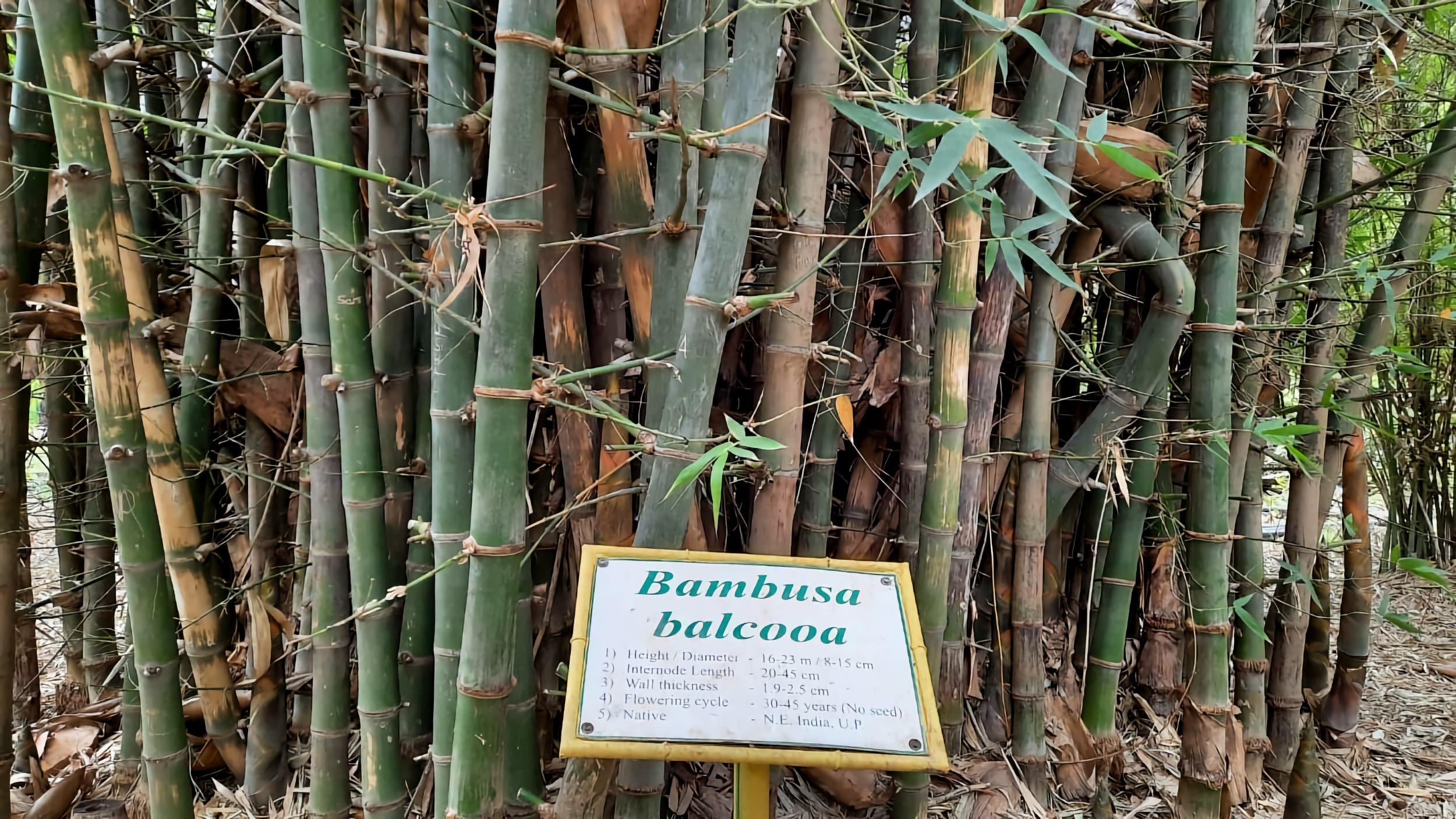

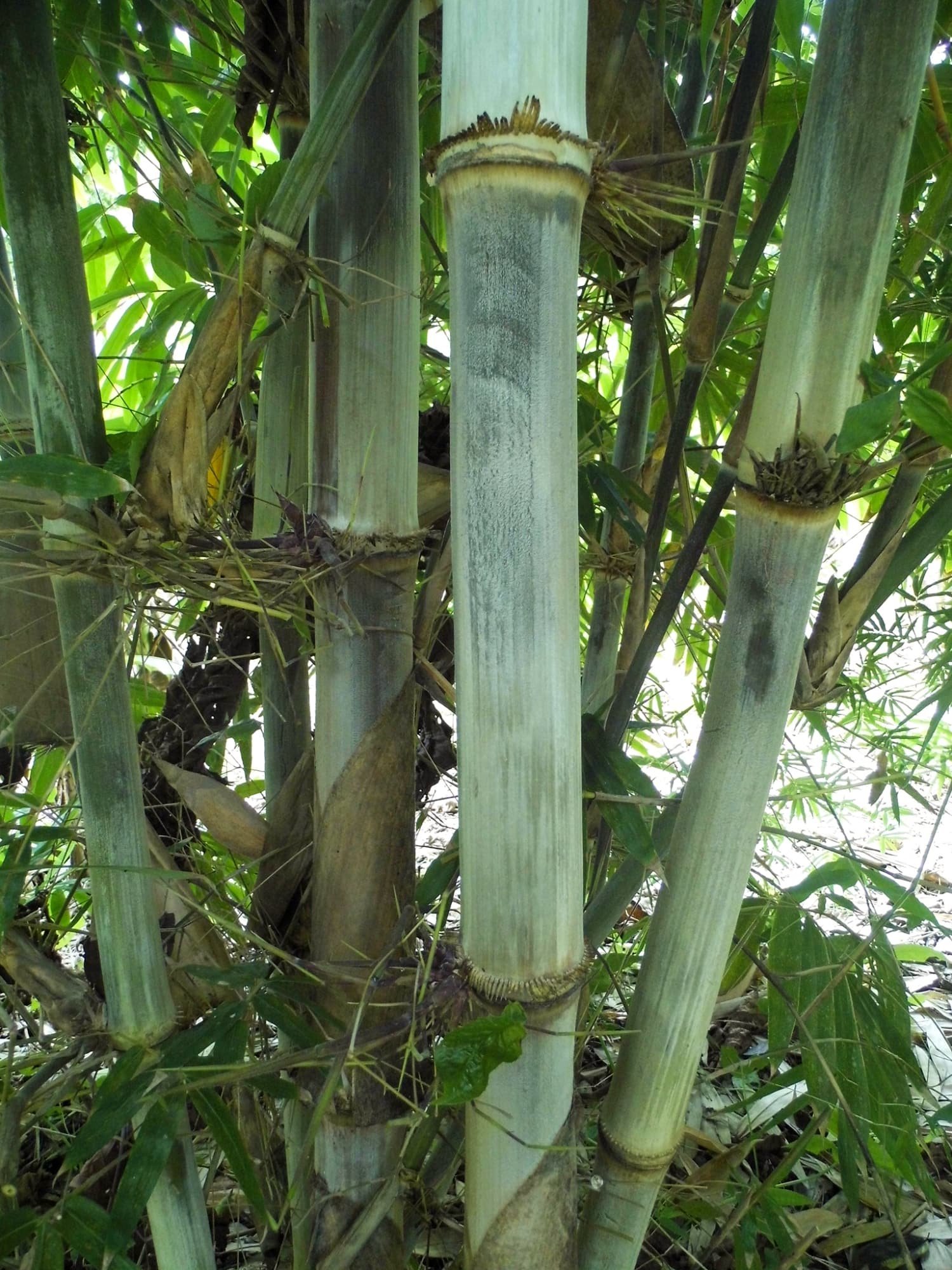


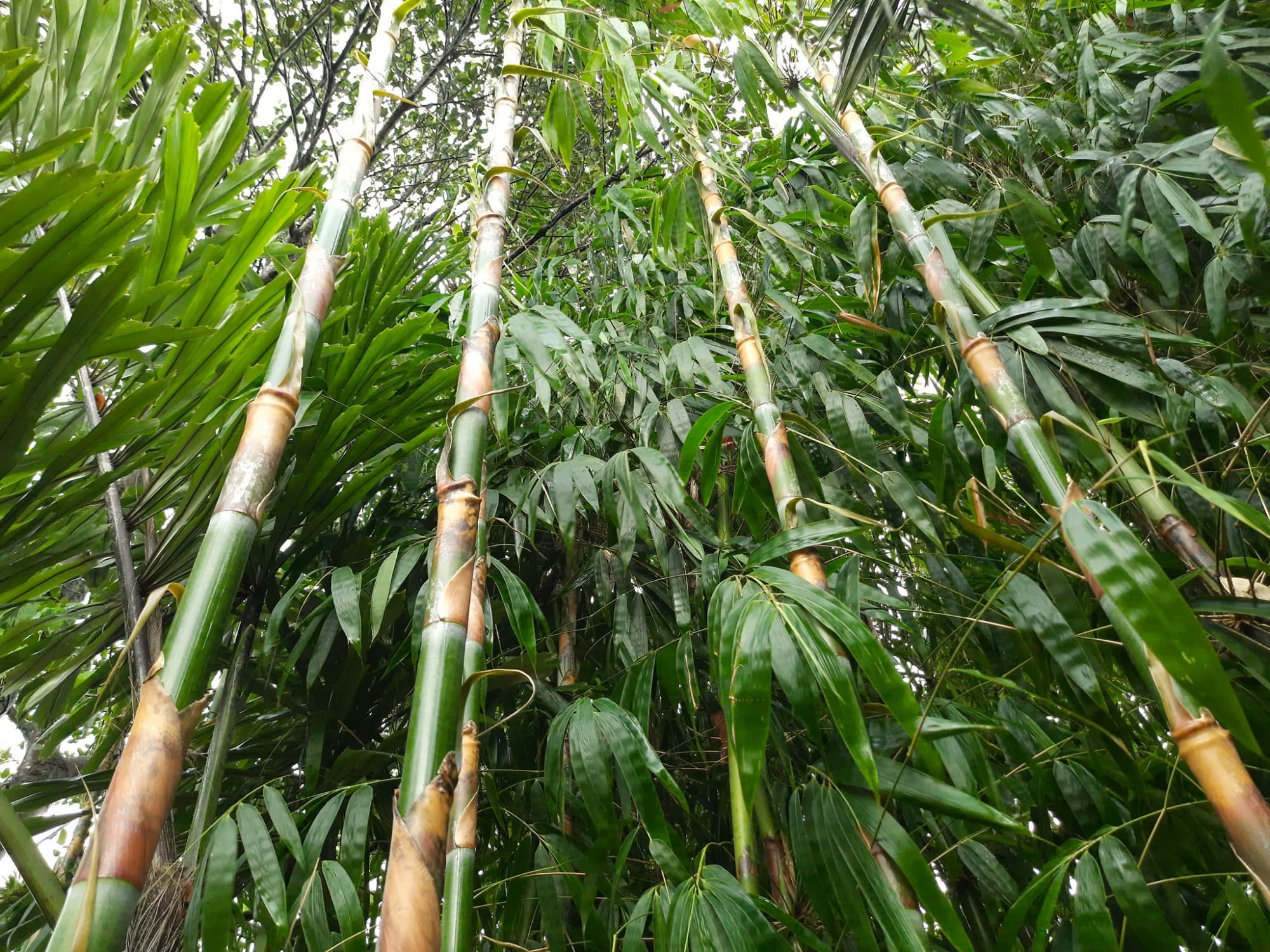
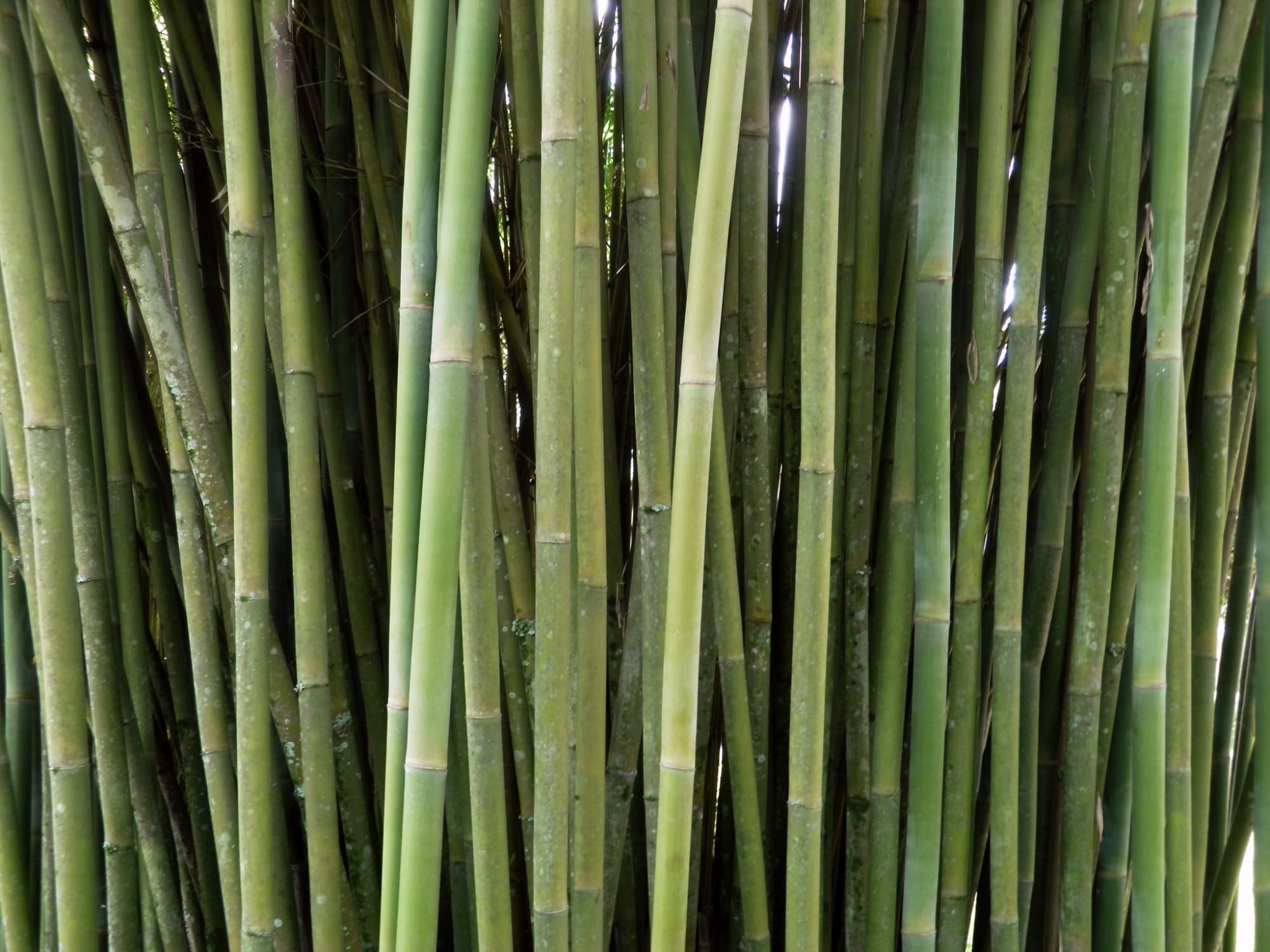
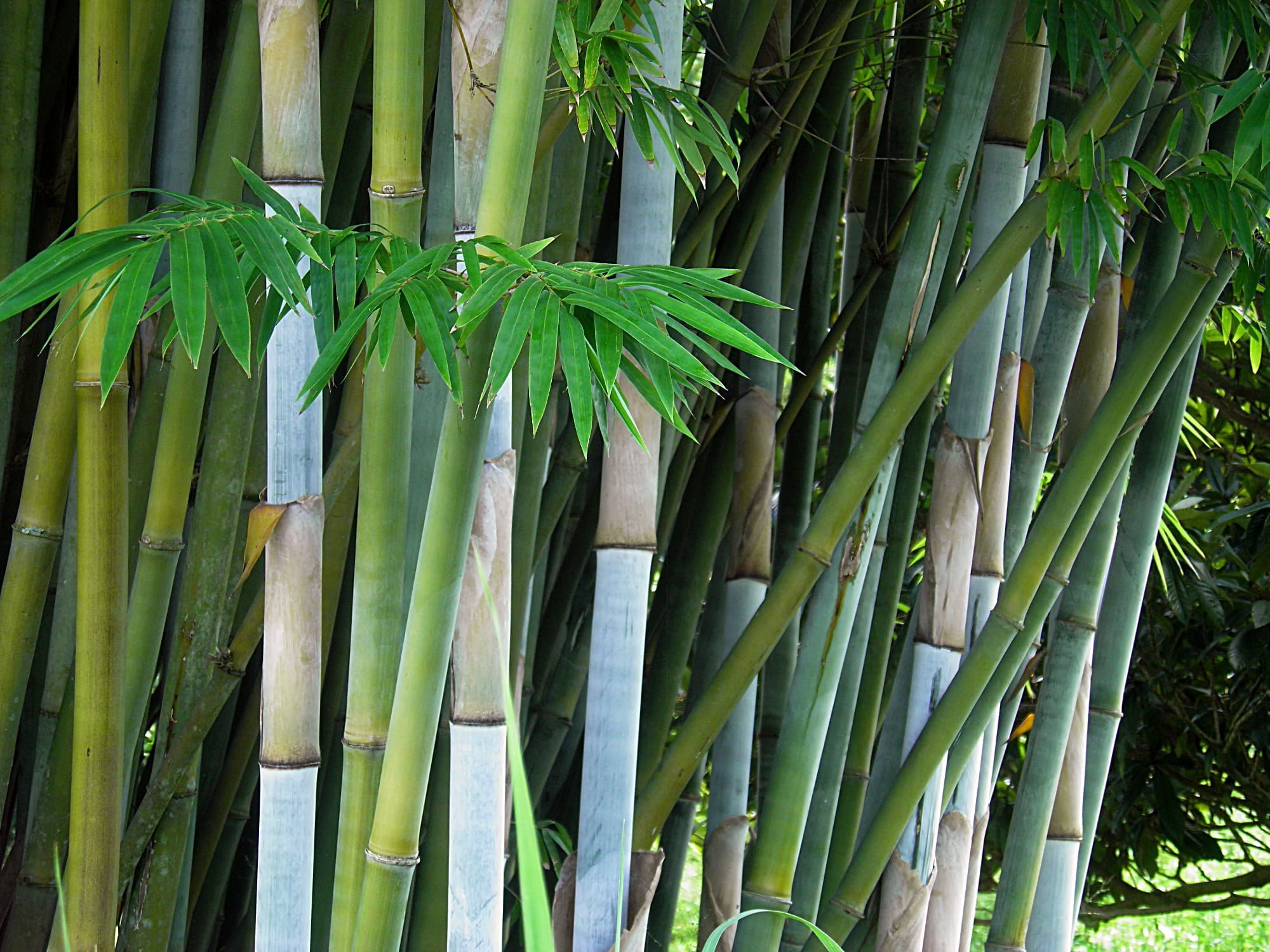
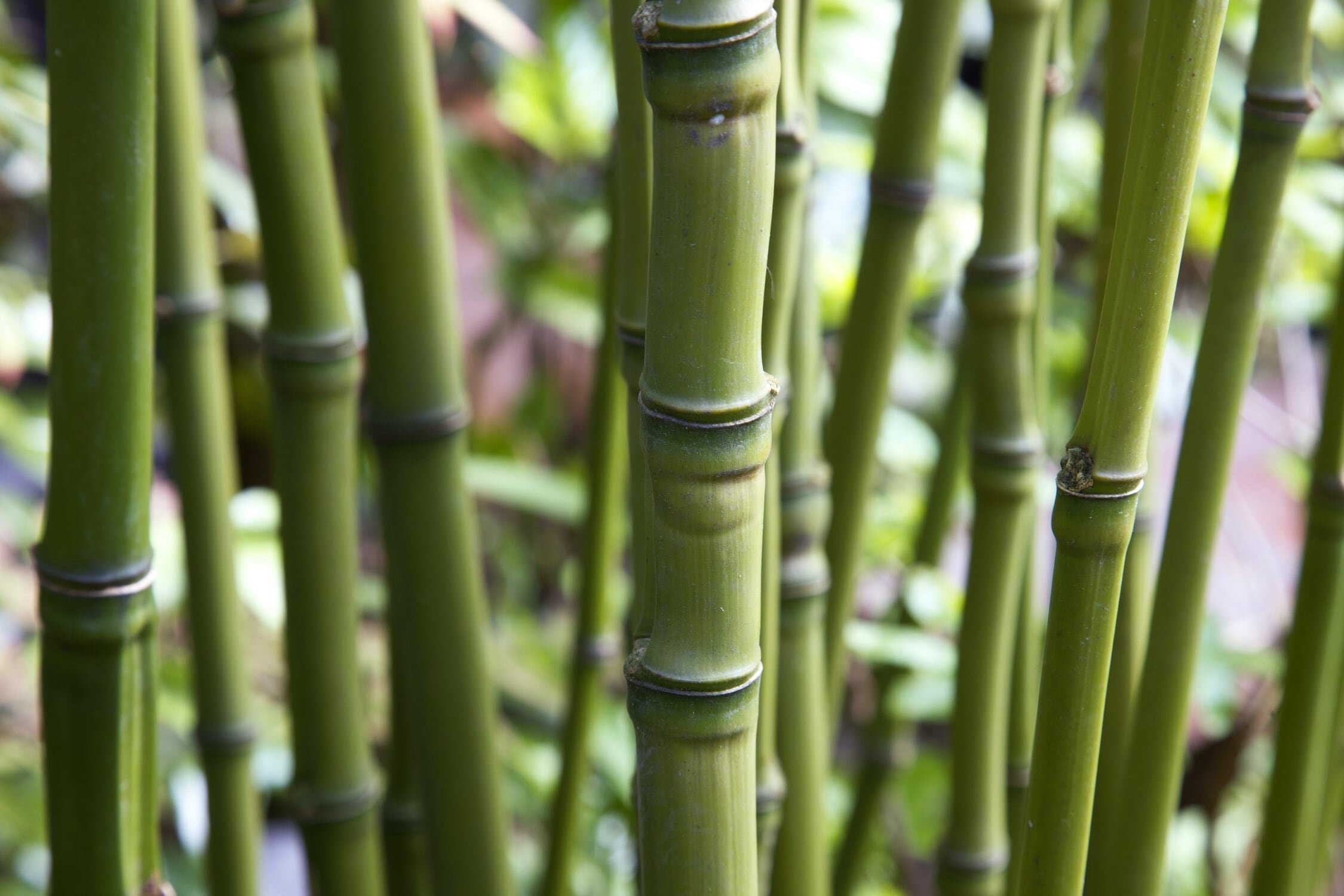
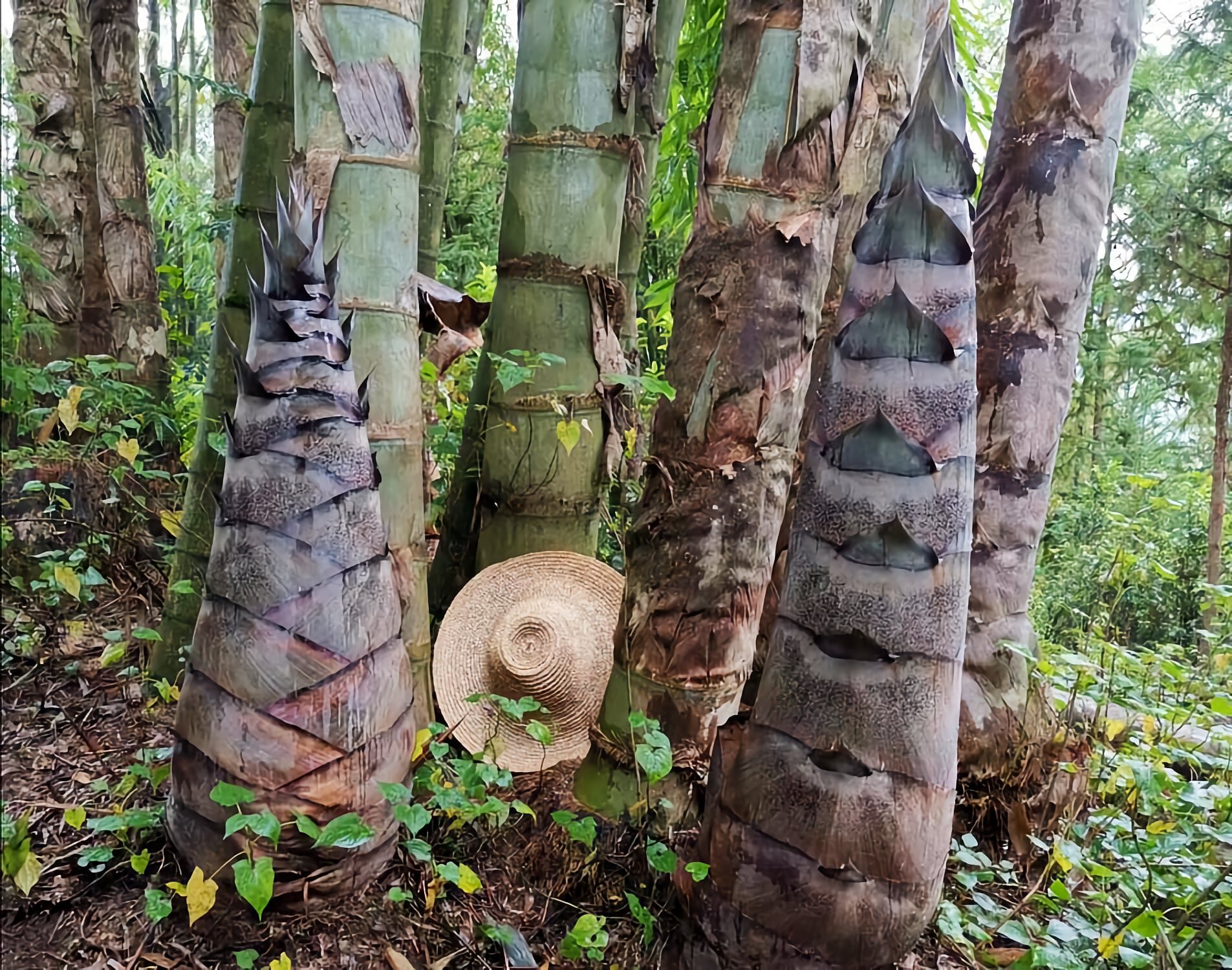


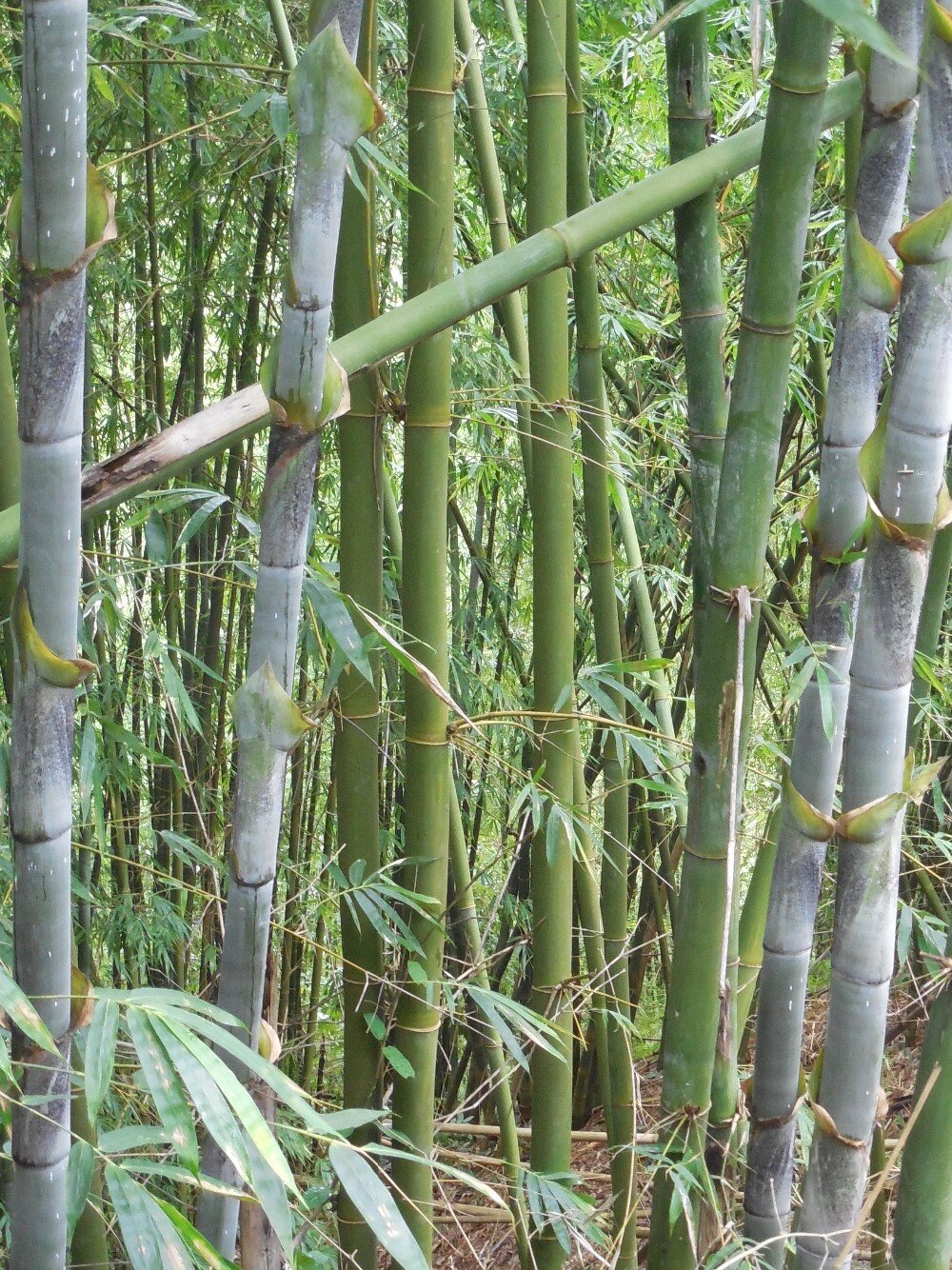
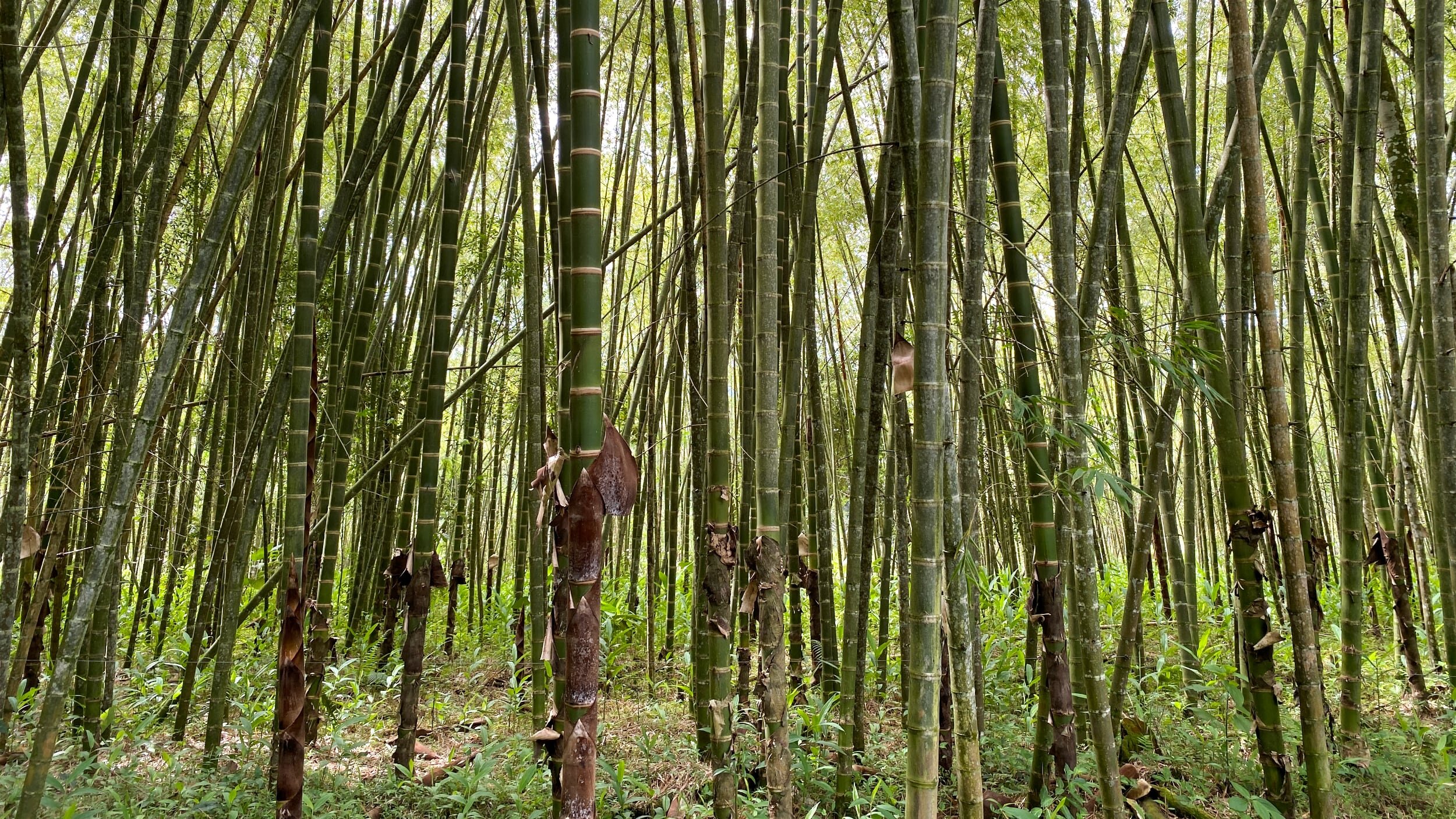
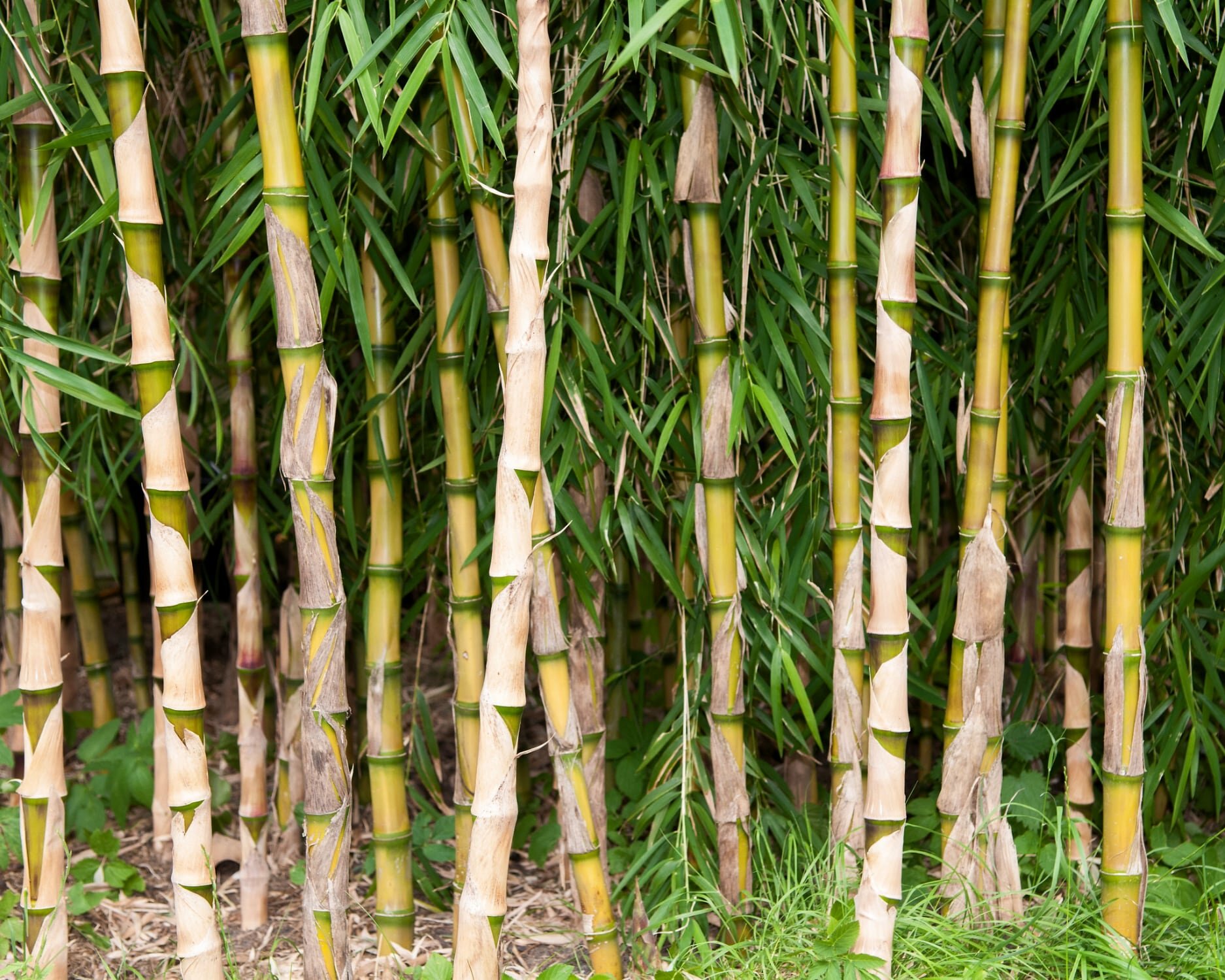
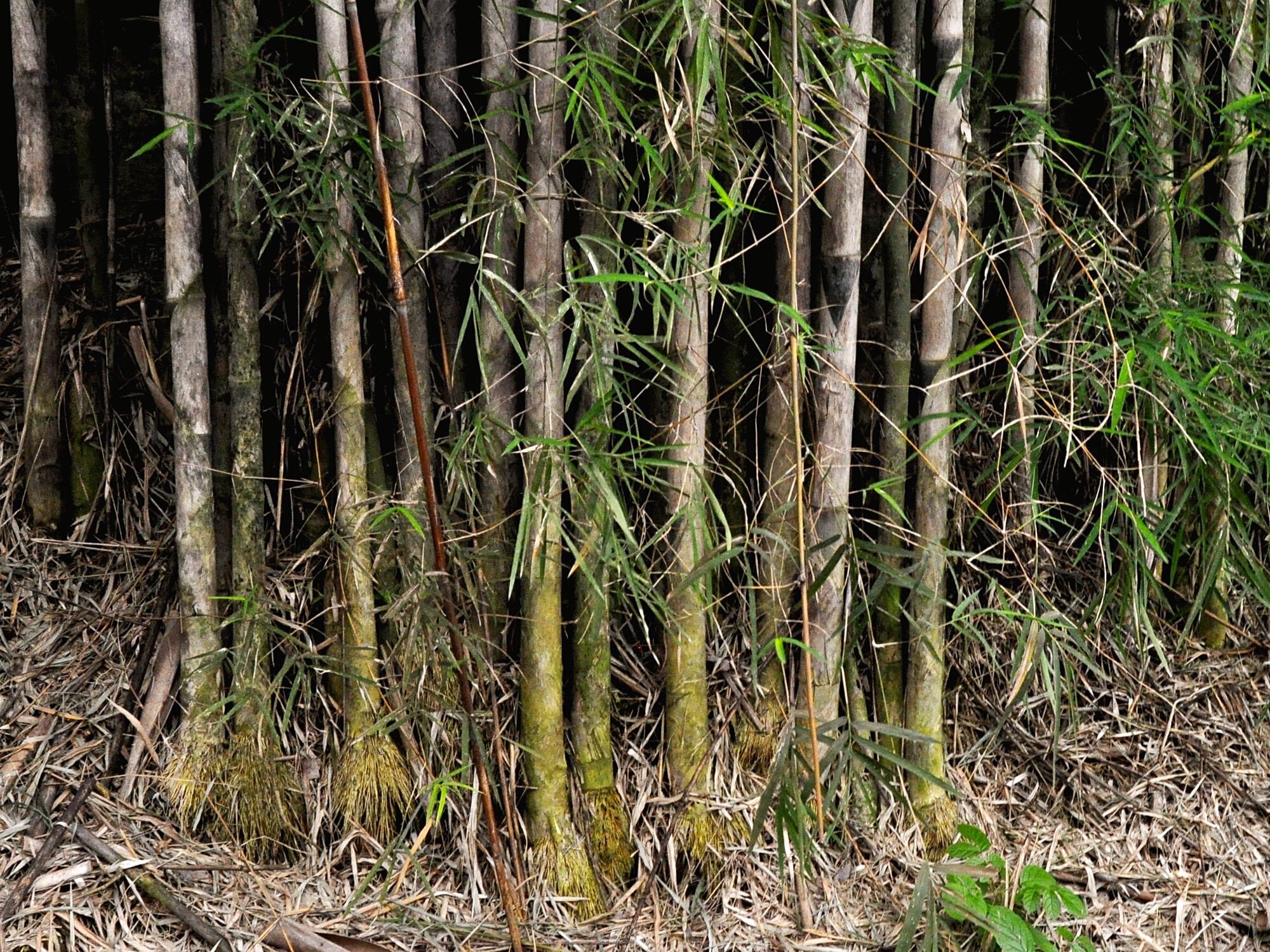

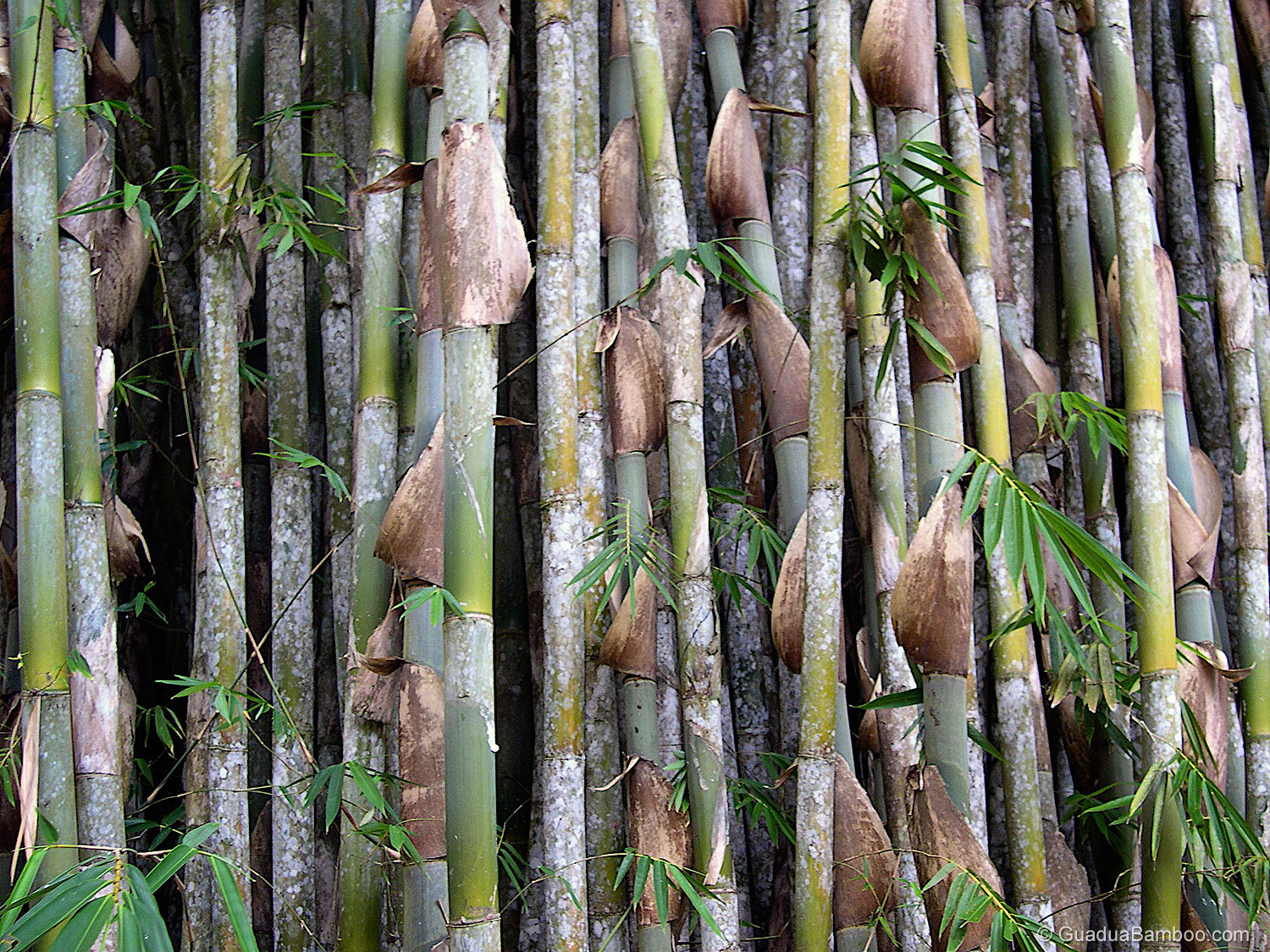









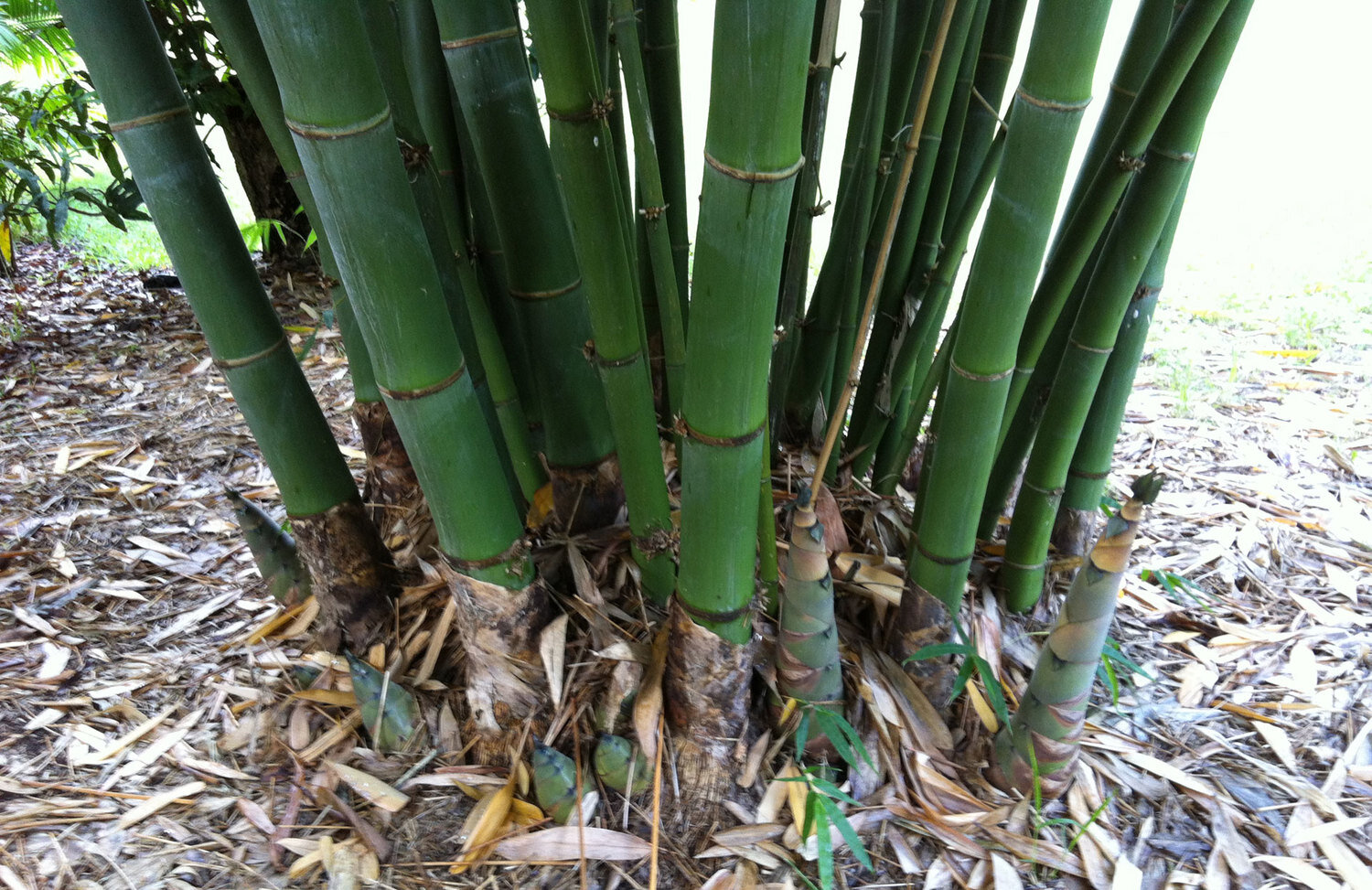




Do you know how Guadua compares to "Beema" (Bambusa balcooa) in India propagated by Growmore? Beema bamboo is very thick with a small hole so I'm trying to find reliable 3rd party info on the biomass of a culm when we start harvesting, presumably at the end of year 4.